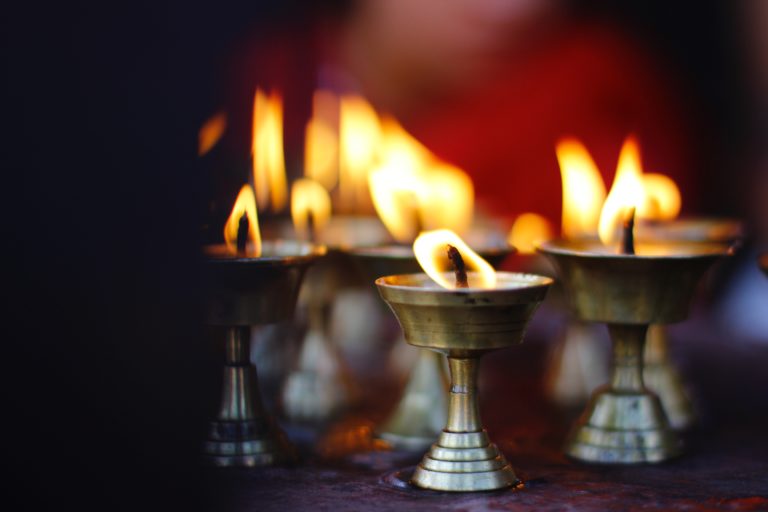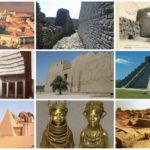For centuries, mankind has struggled to find meaning to its existence. This can be seen through visits to the oracles of Greece and in religions that strive to find the true nature of life.
For the Mayans, spirituality involves supra-sensory spiritual vision while the Hindu believe in the third eye as a representation of a path to enlightenment.
In ancient Egypt, mythology is intertwined with imagery of the Eye of Ra and the Eye of Horus, two representations of power and wisdom often invoked to protect people and places. While Egyptian symbolism is already a departure from the eye’s esoteric origins, researchers note that ancient religions are remnants of great knowledge. For many, this includes the knowledge of the self, the soul, life itself, and the universe as a whole.
Spirituality in Ancient Times
Spirituality does not have a single definition. It can be the quest for meaning, transcendence, and the recognition of universal connectedness. It can also be defined as a means for personal growth or as a way to find enlightenment.
In ancient times, spirituality was intertwined with the gods, mythology, the search for meaning, and the afterlife. In fact, no matter how diverse old civilizations were, elements that delve in spirituality were always present.
Ancient civilizations placed an importance on spirituality and their personal connection to the spiritual and psychic realm.
In Persia, learned men looked at the stars for guidance not only in terms of finding their direction when they were lost but also used their knowledge in astrology and astronomy to find meaning in their existence. However, the search for knowledge of the self and of the universe is not unique to ancient Persia. Interest in spirituality can be seen throughout history.
It can be said that ancient Egypt, one of the world’s oldest civilizations, also placed an importance on spirituality and the spiritual world. According to researchers, ancient Egyptian beliefs of the afterlife are as sacred as the Egyptian gods.
For other old civilizations such Mesopotamia, objects, animals or plants can have spiritual meanings. Apart from totemism, Mesopotamia’s history also emphasizes the importance of spiritual leaders in the social hierarchy.
For the Mayans, on the other hand, a deep understanding of spirituality and the celestial bodies can be seen in various records. It is interesting to note that Mayan structures and technology have a deep metaphysical significance and like the Great Pyramids of Egypt, the main reason for building them might have been due to the yearnings of the human soul.
Diverse Religions and Spirituality
Operating on the notion that religions are remnants of great knowledge leads to a number of musings about spirituality and how it was left out as humanity progressed into the modern age.
Religion has been used to control people for centuries and as they aged, their real aim and real meaning were diluted into what they are now.
In fact, in ancient Egypt, worshipping of the gods was never a social activity but a personal relationship that needed to be tended to at home. The ancient world placed an importance on bettering the self and the soul.
For others, it’s about living life the right way. In Hinduism, it’s all about the goals of human life which includes desire, wealth, duty, and liberation while those who follow Buddha know that the basic purpose of religion is to attain perfection.
Looking at these old belief systems is a good way to peer into the past and the fact that for a certain time, religion and spirituality were one and the same and that its aim has always been to focus on life itself.
Written by Jane













